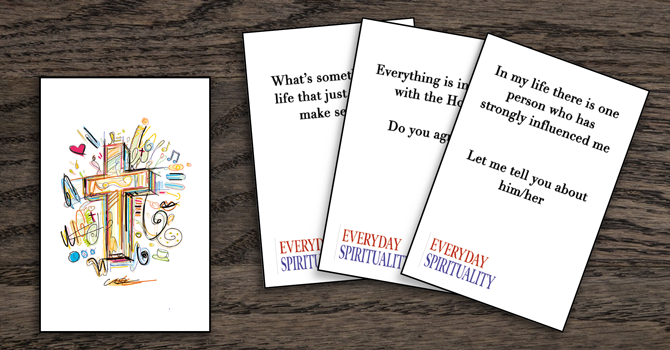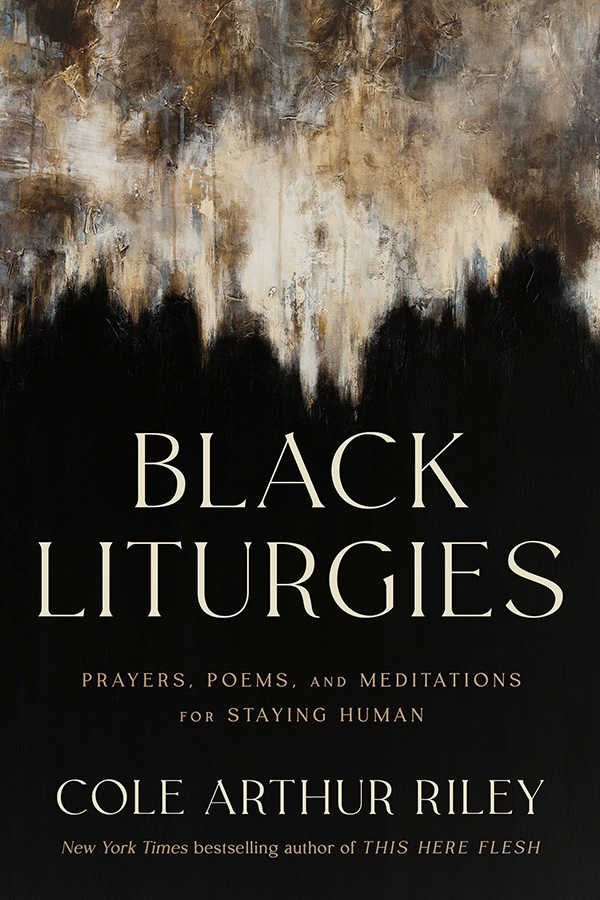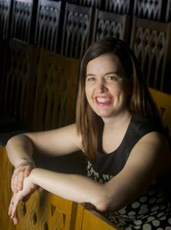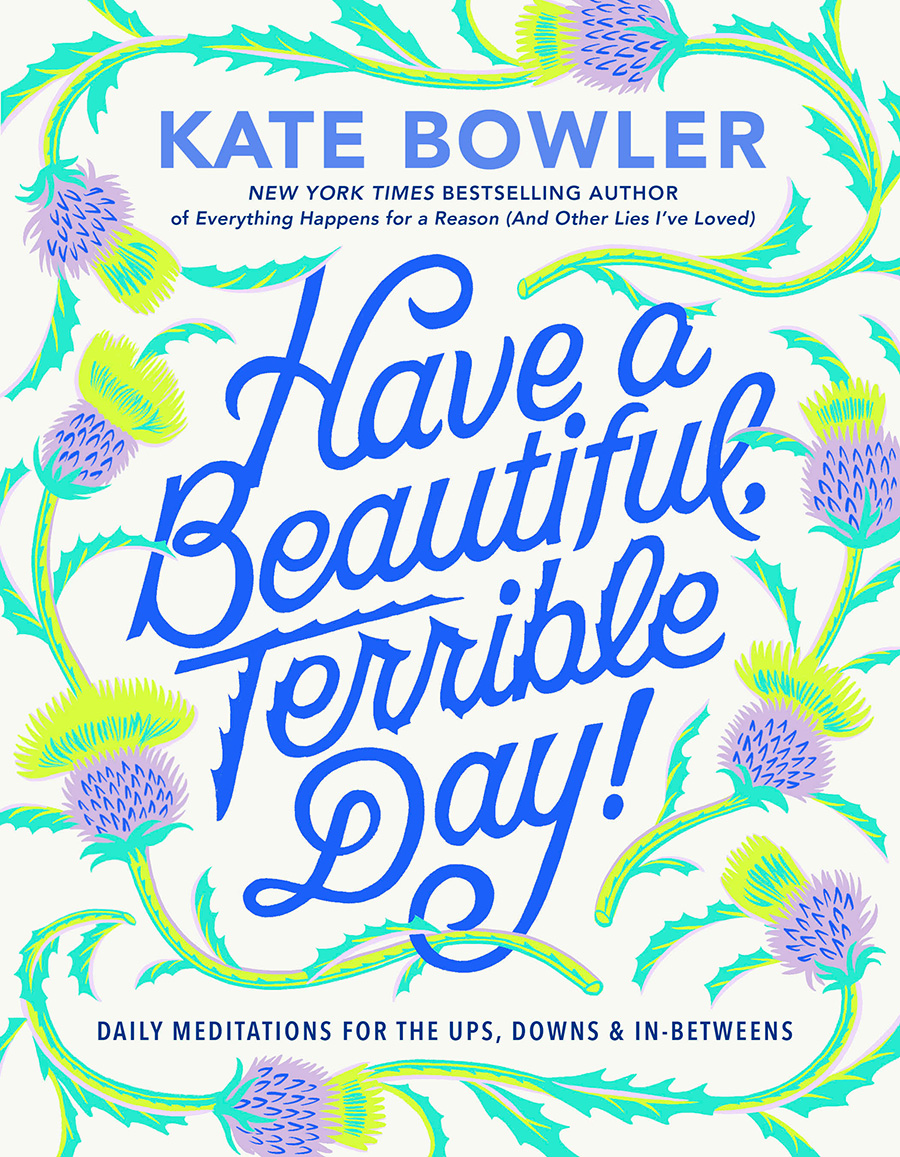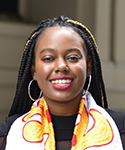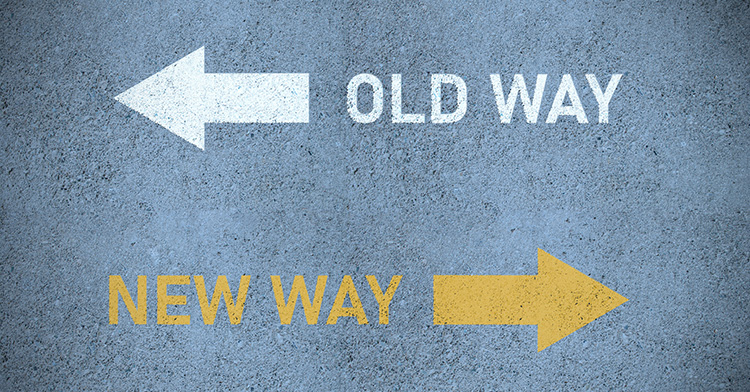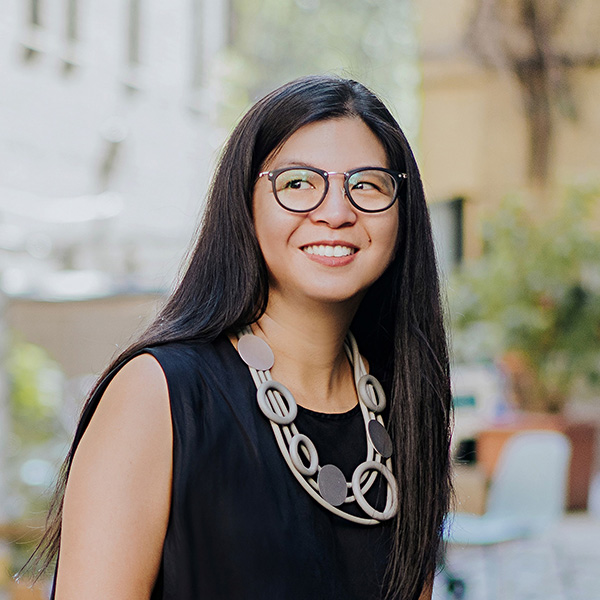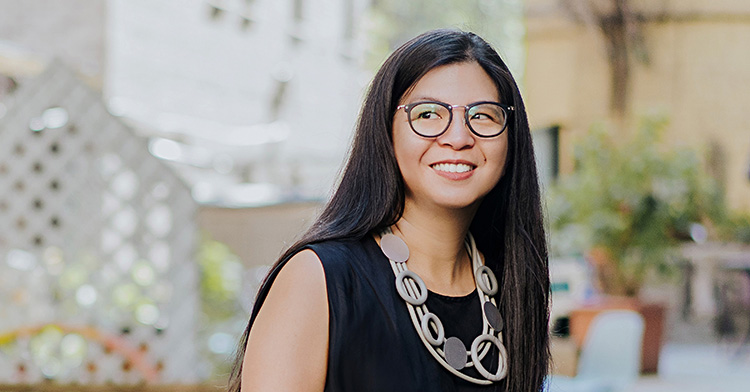Bishop James Hazelwood’s path to ministry was unconventional.
Before becoming bishop of the New England Synod of the Evangelical Lutheran Church in America, Hazelwood was an ice cream scooper, a disc jockey, a professional photographer and a parish pastor.
In college at California Lutheran University, he revitalized a college radio station, launched an underground newspaper and brought the first punk rock concert to a Christian college auditorium. As an “unchurched” summer counselor at a Lutheran outdoor camp, he became interested in environmental education, politics and justice, and Christian mysticism.
 These varied experiences all helped Hazelwood formulate the concept for his new book, “Everyday Spirituality,” which encourages readers to “reverse-engineer” spirituality -- that is, to discover how God is a part of simple, everyday activities. The book comes out Aug. 27.
These varied experiences all helped Hazelwood formulate the concept for his new book, “Everyday Spirituality,” which encourages readers to “reverse-engineer” spirituality -- that is, to discover how God is a part of simple, everyday activities. The book comes out Aug. 27.
“I’m not very good at sitting and meditating, but I can meditate on a walk, through a hike. I can meditate when I’m on my bicycle. I can meditate while I’m swimming,” Hazelwood said. “So there’s kind of a kinesthetic spirituality there that really resonates for me.”
Hazelwood spoke with Faith & Leadership’s Katie Rosso about his book and how to put everyday spirituality into practice. The following is an edited transcript.
Faith & Leadership: Something you’ve talked about publicly is the “struggle of spirituality.” How is that addressed in your work?
James Hazelwood: There’s a twofold struggle for me. The first [element] is collective, what I’ve seen in congregations, and the other is personal. Collectively, I can remember being in seminary and wanting to take classes on spirituality. A professor said to me, “Lutherans have a problem with spirituality.”
I didn’t know what he meant at the time. But after I was elected bishop, I learned that mainline Protestants do have a problem with spirituality. There are all these instruments out there to measure congregational health, and Lutherans are always low on passionate spirituality. I wondered what it was all about.
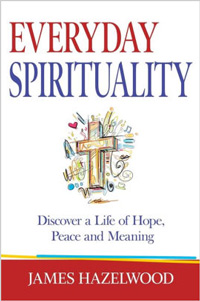
But there’s a personal struggle element, too. I have never really found a spiritual practice that has consistently worked for me. Yes, I’ve gone on silent retreats. Yes, I have the Headspace app on my phone. Yes, I have bought over the years how many devotional books. But if I’m really honest, they’ve never really been sustainable. I’m not sure they feed me that much.
Through a number of encounters with people, and my own thoughts, and definitely opening myself to be more honest, I started to think about this everyday spirituality thing. When author and former pastor Rob Bell was asked about his spiritual practices, he said, “You mean surfing?” -- which I thought was such a great and honest answer. A lot of things clicked for me then.
I started to think more about how we need to reverse-engineer this whole thing. Denominations have published all these booklets and small group studies to try to force a certain way of spirituality into people’s lives, and it’s been very bookish oriented. So I’m saying, what if we reverse that whole thing? We start with people’s daily lives and experiences, then ask, how is God a part of that?
So that’s essentially my new book: discovering how God is a part of the everyday things that people do.
F&L: How can institutional leaders in very traditional environments use this idea to refresh their ministries?
JH: First of all, it begins with a mindset shift. And that shift is from a church-centered mindset to a daily life-centered mindset. Because in institutional denominational structures, we’re very church cultured, very oriented toward either getting the message of the church to people or getting people into the church, not only a building, but a church way of thinking. And for mainline folks, that’s a very heavily bookish, academic orientation. And that makes sense, because the Reformation was really born out of university reform.
But at least in 21st-century North America, most people don’t live in that world. And so I think that maybe the question we need to ask is, where is the starting point for people’s spirituality? And what I’m saying is let’s make it in their walking, their working, their playing soccer, their cooking, and start there. Then we can engage those encounters and experiences with the divine, with the sacred, with the holy.
F&L: In your book, there are 27 short chapters of examples of everyday spirituality. How did you come up with those?
JH: It’s divided into three sections, with nine chapters in each: [things we do] every day, every week and every so often. I started with basically my own life experience, and then just through general observations and conversations with people, I came up with the others.
One of the things I write about in the introduction was a pretty key piece: when I opened this up and invited other people to share with me their stories of everyday spirituality, I got a lot of insight there. They wrote to me the whole range, from really trivial little things to very, very personal and vulnerable stories.
The two big responses were, one, around grief, the second-to-last chapter in the book --basically, people’s stories of how God helped them through grief and showed up in grief. The other large category was just broadly on nature and walking in the natural environment. And so from there, I got a chapter on walking -- yes, walking in the mall, but also walking and hiking outside. And then there’s another chapter just on movement and physical exercise. So it came from a number of different sources.
F&L: Which one have you found to be the most applicable or most spiritual for you in your life?
JH: Definitely the chapter called “Move,” because I’ve become an avid cyclist. I realize now I’m a moving meditator. I’m not very good at sitting and meditating, but I can meditate on a walk, through a hike. I can meditate when I’m on my bicycle. I can meditate while I’m swimming. So there’s kind of a kinesthetic spirituality there that really resonates for me.
And what’s interesting is that I’ve talked with people and told other people this, and they kind of have the “aha!” moment of, “Oh yeah, there is something in that. What is that?” And then they want to explore it, too.
F&L: On an institutional level, how have you infused this into your work as a bishop?
JH: I’m just starting to figure out how to do that, honestly. About six months to a year ago, I said to our pastors, “I’m trying to figure out how to be a spiritual director for a synod,” which is different from being a spiritual director for individuals. In writing the book, seeking input from people, I realized that most of the people that responded to the question of spirituality were laypeople. I heard from very few clergy -- which I thought, “Wow, there’s something there, but I don’t have time to explore that right now.” So one way was asking people for input and really hearing them and listening, and now I’m putting that back to them in the form of the book.
I also developed a card game with it that basically is just conversation stimulators, open-ended questions. At our synod assembly, we shared those cards and took about 20 minutes during my business report for people to play the card game with those open-ended questions.
If we’re making a split between the religious and the spiritual, we’re really saying that religious is institutional, corporate, business, and spiritual is sacred. That’s a false dichotomy, a dualism that doesn’t help us or serve us.
This [“everyday” approach] serves as incarnational spirituality, which is language clergy would understand, and we have to unchurchify that language.
In late August, the book will come out. I’ve intentionally made it so the proceeds of the book don’t go to me; they go to a fund for ministry. I’m going to go to congregations with this study guide, the card game, a resource kit -- which is basically ideas for congregations to do a three-week emphasis on everyday spirituality. Not only sermon help, but mostly how to get people in front of the congregation to tell their stories, and ways they can do that. I’ve just started to experiment with what this would be and with using this book as an avenue to the everyday spirituality in everyone.

